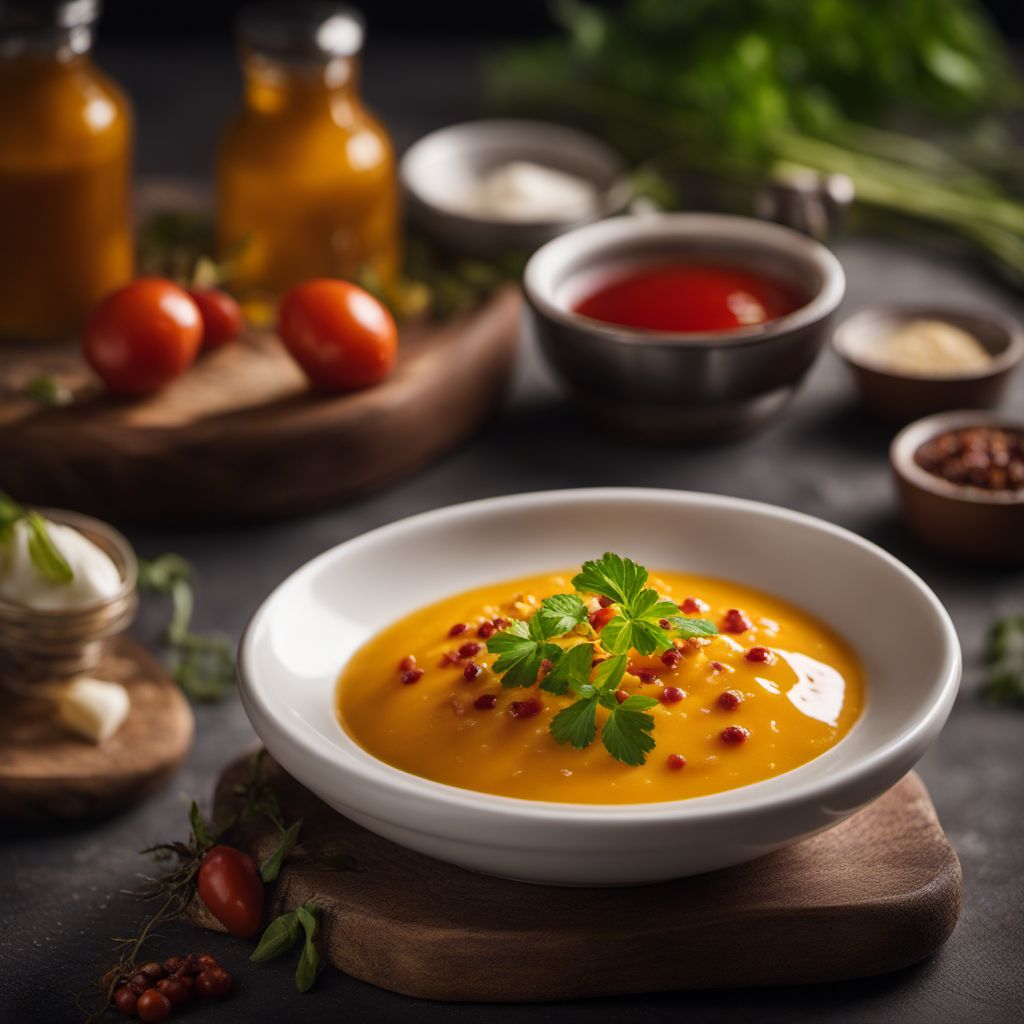
Ingredient
Savoury sauces
The Art of Umami: Exploring Savoury Sauces
Savoury sauces come in a wide range of flavors, textures, and consistencies. They can be thick and velvety like a béchamel sauce or thin and tangy like a vinaigrette. These sauces are often packed with umami, the fifth taste, which adds a savory and satisfying element to dishes. Whether used as a marinade, a dipping sauce, or a finishing touch, savoury sauces enhance the overall taste experience.
Origins and history
Savoury sauces have a rich history that spans across cultures. Soy sauce, for example, originated in China over 2,500 years ago and has since become a staple in Asian cuisine. Worcestershire sauce, on the other hand, was first created in England in the early 19th century and is now widely used in dishes around the world. Each sauce has its own unique story and cultural significance.
Nutritional information
Savoury sauces can vary in nutritional content depending on the ingredients used. They often contain sodium, protein, and various vitamins and minerals. However, it's important to note that some savoury sauces may also be high in added sugars or artificial additives, so it's essential to read the labels and choose options with minimal processing.
Allergens
Some savoury sauces, such as soy sauce and fish sauce, may contain allergens like soybeans, wheat, or fish. It's crucial to check the ingredient list for potential allergens if you have any dietary restrictions or allergies.
How to select
When selecting savoury sauces, look for high-quality options with natural ingredients and minimal additives. Opt for sauces that have a rich color and aroma, as these are often indicators of a well-made sauce. Additionally, consider the brand reputation and read reviews to ensure you're choosing a reliable product.
Storage recommendations
To maintain the freshness and quality of savoury sauces, store them in a cool, dark place away from direct sunlight. Once opened, refrigerate the sauce to prolong its shelf life. It's also important to check the expiration date and discard any sauce that has passed its prime.
How to produce
Producing savoury sauces at home can be a rewarding experience. With the right ingredients and techniques, you can create your own signature sauces tailored to your taste preferences. Experiment with different combinations of herbs, spices, and umami-rich ingredients like mushrooms or fermented products to develop unique flavors.
Preparation tips
Savoury sauces can be used in a multitude of ways in the kitchen. They can be used as marinades for meats, dressings for salads, or condiments for sandwiches and burgers. They can also be added to stir-fries, soups, and stews to enhance the overall flavor. The possibilities are endless when it comes to incorporating savoury sauces into your culinary creations.
Culinary uses
Savoury sauces are widely used in various cuisines around the world. They are essential in Asian dishes like stir-fries, sushi, and dumplings. In Western cuisine, sauces like Worcestershire sauce and hollandaise sauce are commonly used in dishes like steaks, eggs Benedict, and roasted vegetables. Savoury sauces are versatile and can be found in both traditional and modern recipes across different cultures.
Availability
Savoury sauces are commonly available in grocery stores, supermarkets, and specialty food stores worldwide. They are also widely available online, making it convenient to explore different varieties and brands.
More ingredients from this category » Browse all

Meat sauce
Savory Delight: Exploring the World of Meat Sauce

White sauces
The Creamy Elixir: Unveiling the Magic of White Sauces

Alcoholic sauce
Spirited Elixirs: Unleashing the Flavors of Alcoholic Sauce

Tomato ketchup and related sauces
The Tangy Twist of Tomato Condiments

Continental european brown cooked sauce, gravy
Savory Umami Elixir

Tomato-containing cooked sauces
The Essence of Tomato: Cooked Sauces
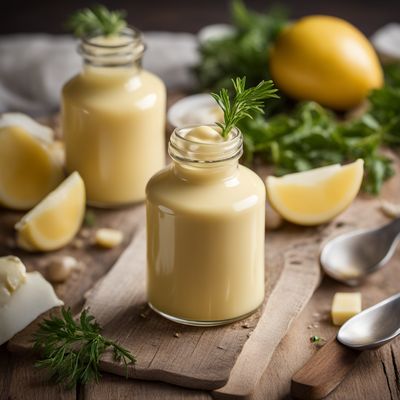
Mayonnaise, hollandaise and related sauces
Creamy Delights: Unveiling the World of Emulsified Sauces

Herbs/spices sauces
The Art of Flavorful Infusions
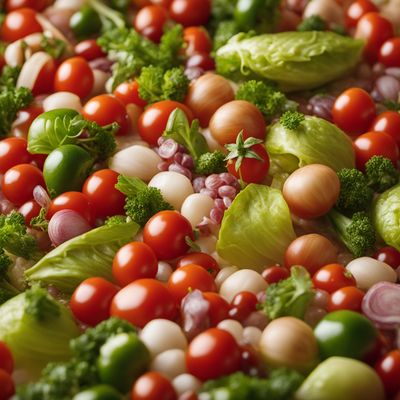
Vegetables-based cooked sauce
Garden Delight Sauce
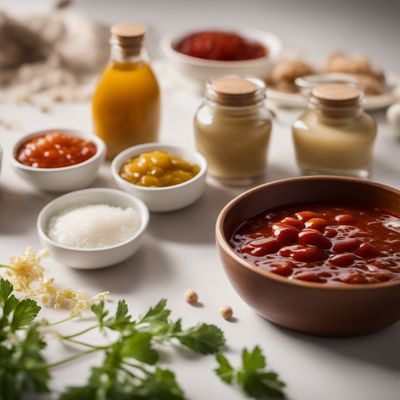
Sauces from fermented/hydrolised sources and similar
The Umami Boost: Unveiling the World of Fermented Sauces
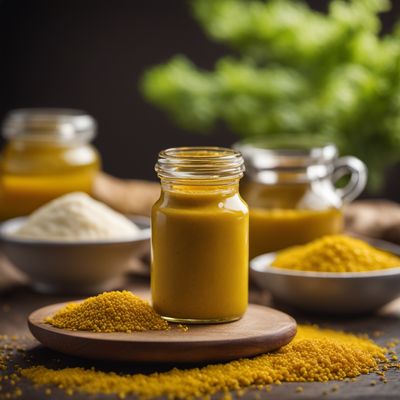
Mustard and related sauces
The Tangy Condiment: Mustard and Related Sauces

Barbecue or steak sauces
"Savory Elixirs: Unleashing the Flavors of Barbecue and Steak"
Recipes using Savoury sauces » Browse all
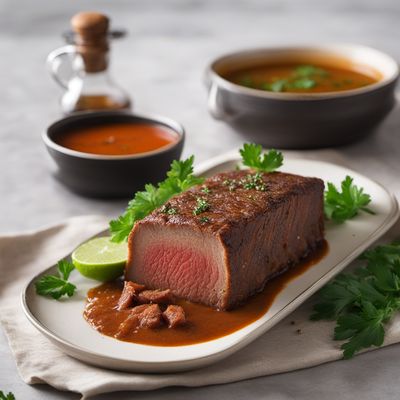
Algerian-style Gelatinous Meat Terrine
Savory Algerian Meat Aspic: A Delightful Culinary Journey

Korean Chinese Style Nasi Kerabu
Seoul-ful Blue Rice Bowl: A Fusion of Korean and Chinese Flavors

Manado-style Fried Dumplings
Spicy and Crispy Manado Dumplings: A Taste of Indonesia

East Timorese-style Tà-á-mī
Savory Noodle Delight: East Timorese Tà-á-mī

Palembang-style Crispy Rice Pancake
Golden Delight: Palembang's Crispy Rice Pancake

Malay-style Corn Tamalito
Savory Corn Delight: Malay-style Tamalito

Mauritian Clanger
Savory Delight: Mauritian Clanger - A Fusion of Flavors
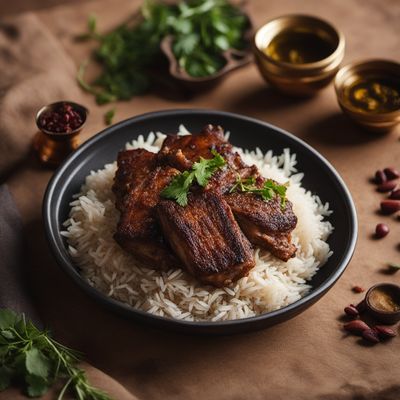
Dhonkeyo Kajuru with a Western Saharan Twist
Saharan Spiced Coconut Rice with Grilled Lamb

Nasi Tumpang - Indonesian Layered Rice Dish
Savor the Layers: Indonesian Nasi Tumpang Delight

Betawi-style Kroket Sandwich
Betawi Delight: Crispy Kroket Sandwich with a Local Twist

Zefir Delight
Fluffy Clouds: A Sweet Journey with Zefir

Ceredigion-inspired Savarine
Welsh Delight: Ceredigion-inspired Savarine